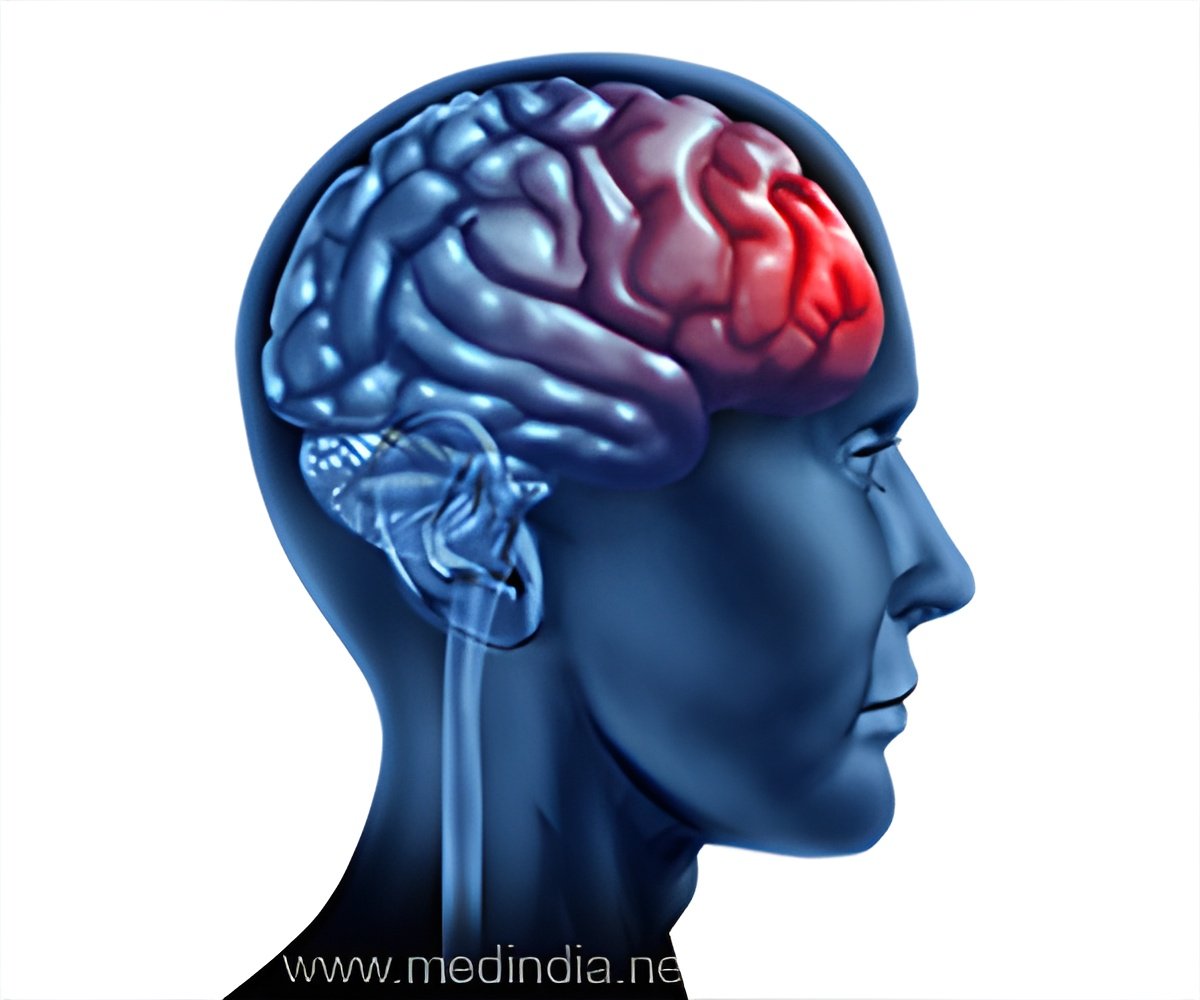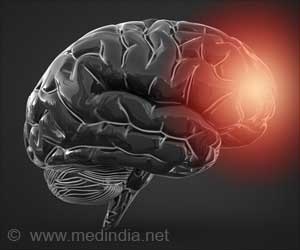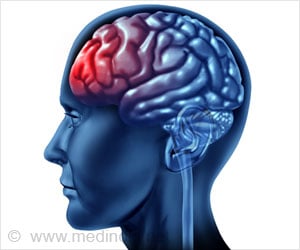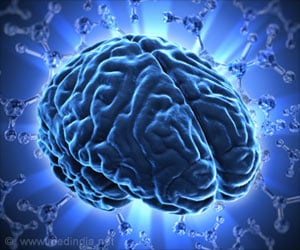Brain connectivity in the interconnected networks (Default Mode Network – DMN) of teens might be disrupted by multiple – three to five concussions according to a new study.

‘Brain connectivity in interconnected network (Default Mode Network – DMN) teens might be disrupted by multiple – three to five concussions according to a new study.’





The default mode network (DMN) is an interconnected functional brain network that includes medial prefrontal cortex, inferior parietal lobule, posterior cingulate cortex, temporal cortex, and hippocampal formation.
DMN becomes active when an individual is thinking or daydreaming, about the future or recalling memories and not involved in a specific mental task. “In the last 20 years, the public awareness of concussion and its long-term effects on the brain has increased and so has research into the topic. But there has been scant research using resting-state fMRI at the intersection of the adolescent/young adult population and athletes with multiple concussions,” says Thomas Johnson, M.D., Ph.D., a resident physician in neurology at the University of Rochester Medical Center in Rochester, New York.
Brain Connectivity and Concussion
The study team enrolled 142 concussion patients (67 female, mean age 18.2 years) and age- and sex-matched controls (12 female, mean age 20.7) in a concussion clinic at the University of Rochester Medical Center for post-concussion syndrome. Symptoms like dizziness, headaches, fatigue, and irritability were noted and patients were analyzed using resting-state fMRI.
It was found that patients who had three to five concussions, were detected with a disruption in the default mode network as compared to controls. However, no differences were found in the DMN connectivity among those who had experienced one or two concussions.
Advertisement
The study findings may thus help formulate thresholds at which concussions cause effects, which in turn may help inform protocols for playing contact sports following a concussion.
Advertisement











